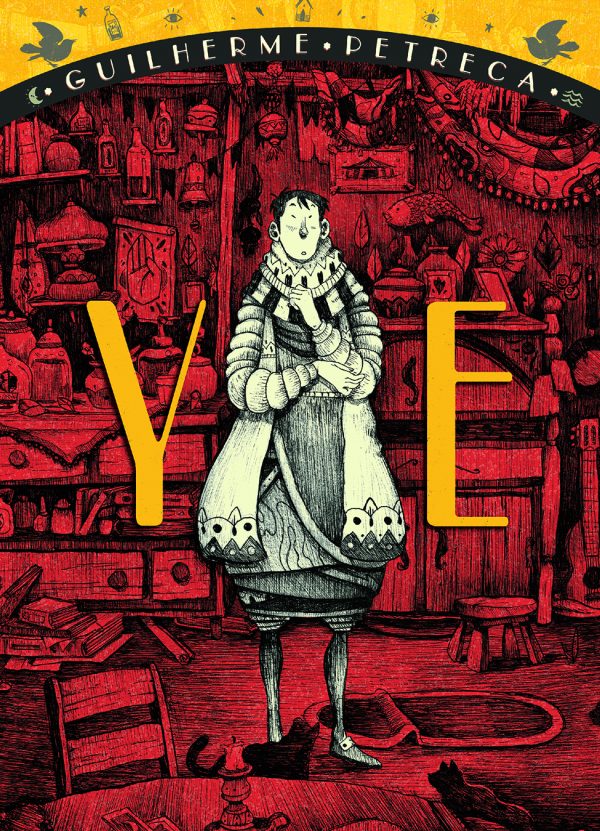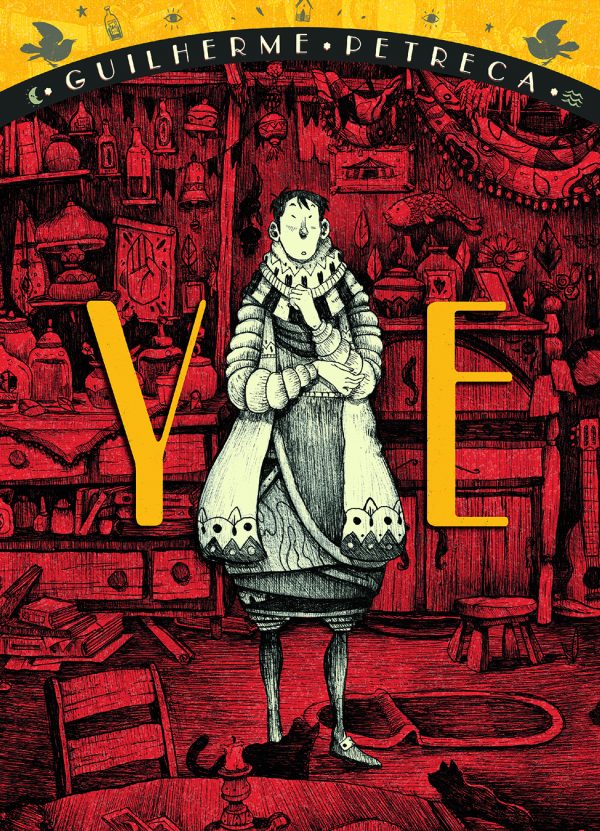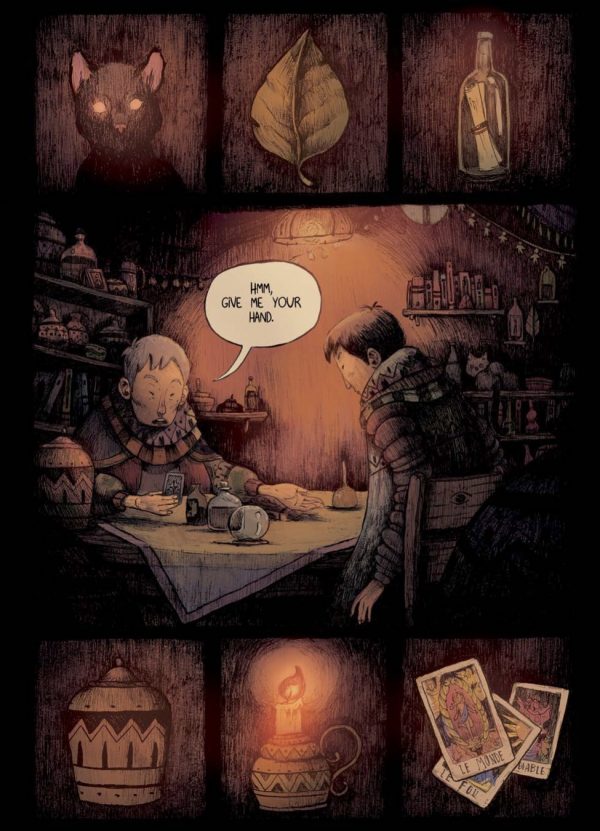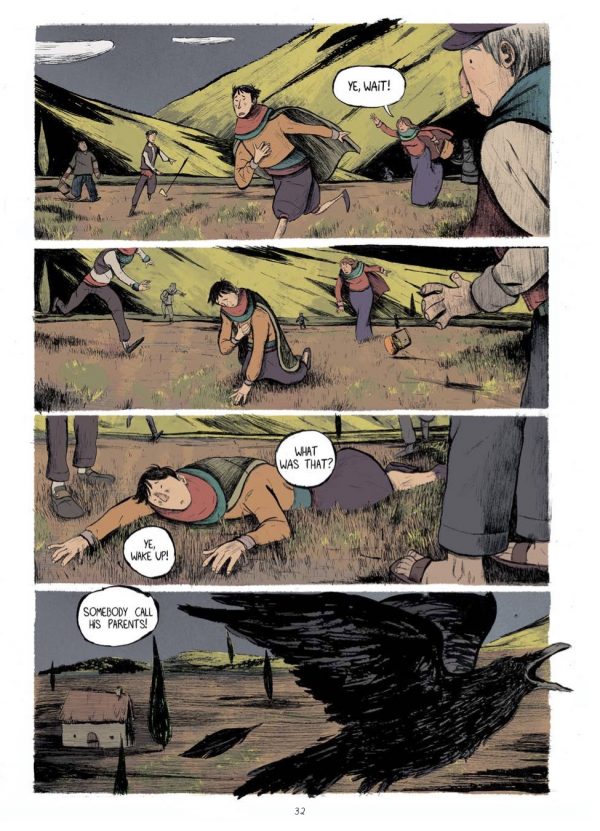Ye
By Guilherme Petreca
Top Shelf
In this tidy and allegorical rendering of the classic hero’s journey structure, Ye is a silent boy — or, rather, a boy who can only one word, “Ye,” hence his name and the title of the book — who works in the fields with his fellow villagers whose life appears to be changed in one fantastic moment. An inexplicable interruption from above lays him flat, and when he wakes up, it is explained that he is infected by the Colorless King. An invisible mark now sits on Ye’s soul and he must leave home to find Miranda the Witch, a healer who also holds the Colorless King’s disease.
On his travels, Ye is diverted, of course, by people with other agendas and finds himself in obstructive situations that offer danger and growth, as well as people who help him to the next stage of his quest for what will surely be his ultimate awakening.
Brazilian cartoonist Guilherme Petreca makes no major leaps in fleshing out the skeleton that the hero’s journey idea provides, but his creative gifts do give Ye a lot of personality. Petreca has a gift for dialogue that brings the speaking characters to life and positions Ye not as a character unto himself, but a sounding block by which the other characters unfold.
Petreca doesn’t slavishly lay out all the particulars of the world Ye walks in, and I think that that’s a strength of the book. In our post Game of Thrones fantasy fiction world, creators sometimes forget that obscuring our complete understanding of the workings of the fantasy world can be a valuable tool in building its allure, asking the reader to do some work to fill in the details that grab our interest.
And a lot of the world-building is done through Petreca’s gorgeous art. It has an antique storybook quality to it that Petreca is capable of reigning in when the mood demands it, while furiously offering up detailed scenes when Ye’s experience of wonder is important to be shared. It’s an incredibly visually-accomplished work that mixes the fantastical with the grounded and uses its stylistic choices to take the reader into realms incomprehensible and symbolic as well as familiar and even charming, pulling on the tropes of classic fiction and finding comfort in them whether the scene depicts danger or contemplation.
Central to Petreca’s allegory is the idea that darkness exists in all of us, but perhaps only some of us are in the position to be aware of it. The mark of the Colorless King can operate as a stand-in for all sorts of human circumstances — coming of age, doing harmful things, thinking bad thoughts, losing one’s innocence, even mental illness — but through the lens of someone who faces the experience with eyes open and mind working. It’s less about going through change and accepting it, and much more about the idea of finding the meaning of that change, examining what that change is in regard to you versus the rest of the world, and perhaps even accepting the unsavory parts of yourself without punishing yourself, or making a fetish of either your dark portions or you disabilities.
In that manner, Ye is incredibly modern despite its old-fashioned presentation. It takes the old tropes, it takes the hero’s journey concept, and it uses it for a 21st Century examination of self, and everyone’s place in the world.















